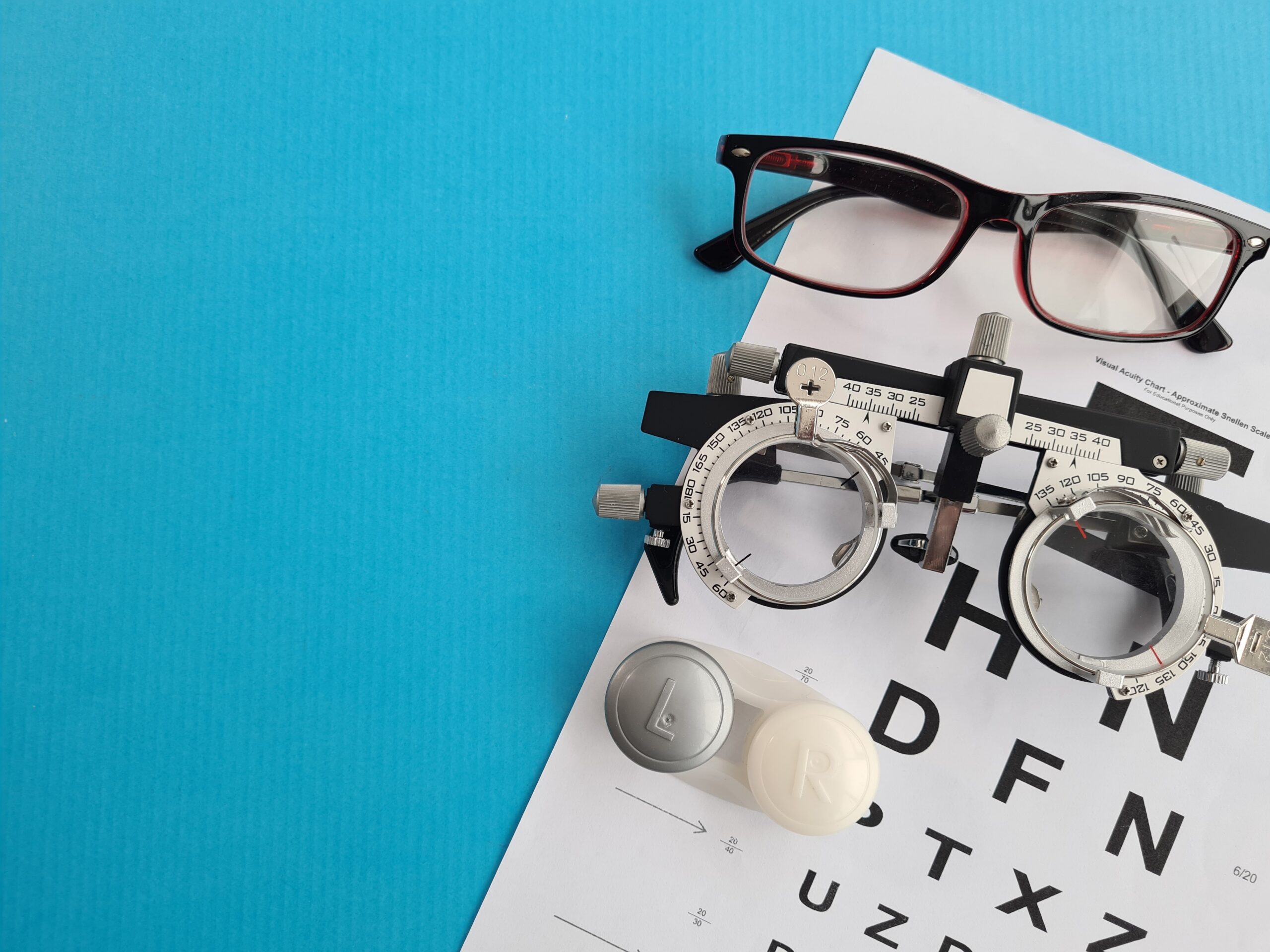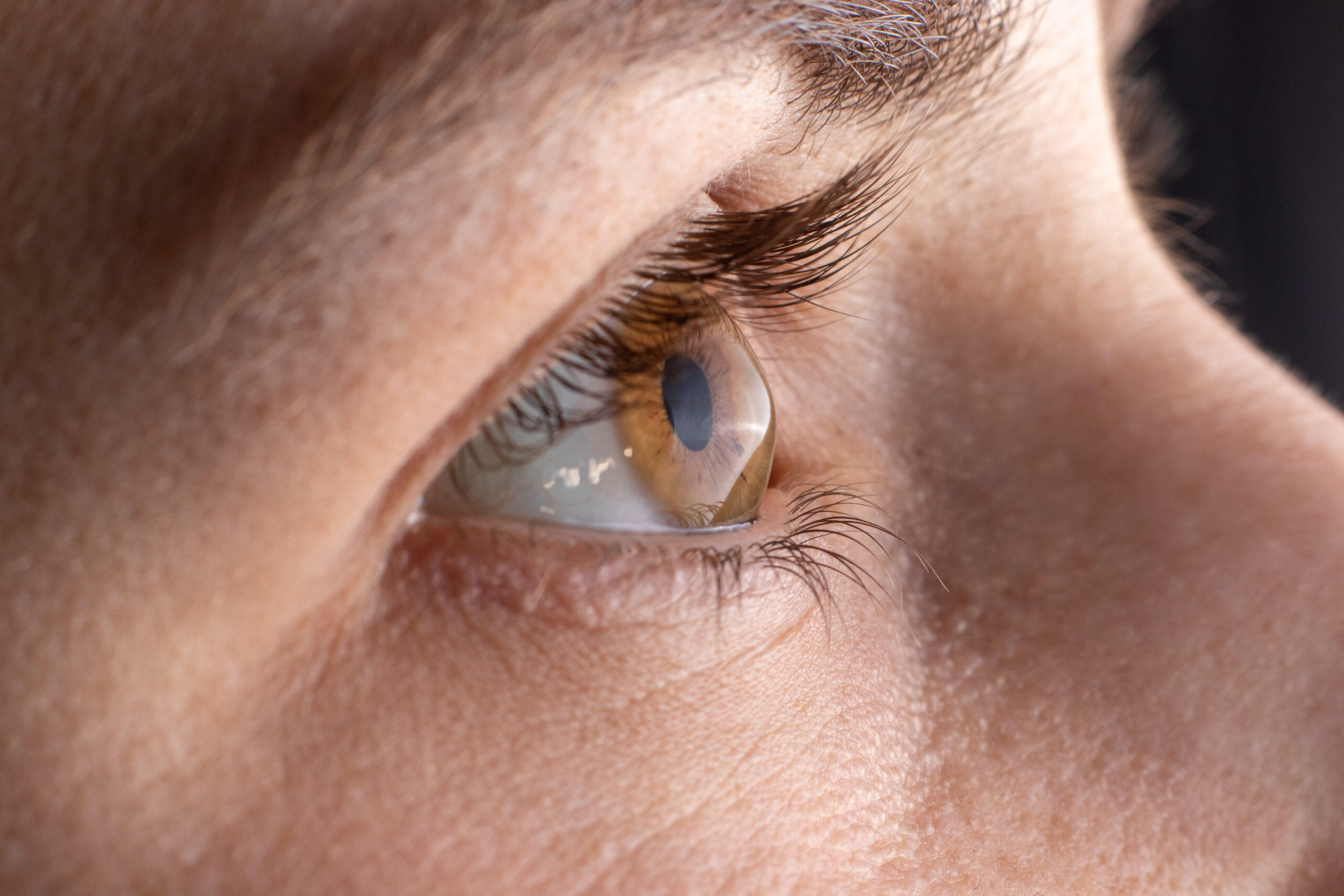Canaloplasty (Minimally Invasive Glaucoma Surgery)
Canaloplasty is an advanced surgical treatment for glaucoma that uses breakthrough microcatheter technology to relieve intraocular pressure (IOP) by enlarging the eye’s natural drainage system. The procedure offers a level of safety that is unmatched in the evolution of glaucoma surgery.
Canaloplasty at a Glance
Canaloplasty is a recently developed surgical procedure for treating patients with glaucoma. Canaloplasty lowers eye pressure by improving the aqueous fluid drainage (the natural drainage system) of the eye.
Canaloplasty is performed only by very highly skilled eye surgeons who are able to catheterize the Canal of Schlemm (the natural eye drain) using a specialized micro-catheter to expand the canal and place a stent within the canal to keep it expanded and functioning.
Benefits of canaloplasty include:
- It avoids creating a “filtering bleb,” which is created with traditional glaucoma surgery. The bleb can be associated with chronic discomfort for patients, infection, complications, and long-term unreliability.
- In skilled hands, canaloplasty can produce successful long-term lowering of eye pressure and is relatively safe procedure.
- Canaloplasty will not interfere with patients who wish to continue to use contact lenses after the procedure.
How Does Canaloplasty Work?
Canaloplasty is a minimally invasive procedure. It does not require the surgeon to create a permanent hole in the eye and therefore it does not result in a “bleb” (blister). Canaloplasty restores the natural ocular outflow, unlike traditional glaucoma surgeries (trabeculectomy and tube shunts), which bypass the natural outflow system. Restoration of the eye’s drainage system is accomplished with the use of a microcatheter:
- A microcatheter is inserted through a multi-stage flap.
- The microcatheter is navigated through the eye’s primary drainage channel, Schlemm’s canal.
- This procedure enlarges the eye’s natural drainage canal and smaller outflow channels.
- Enlarging the drainage channel allows fluid to drain from the eye and relieves the IOP that can damage vision.
Who Can Benefit from Canaloplasty?
Canaloplasty is performed across the entire glaucoma treatment spectrum and is particularly suited to patients who experience:
- difficulty administering eye drops
- ineffective results from medications or laser treatment
- no desire to undergo more invasive surgeries, such as trabeculectomy surgery
Canaloplasty is safer, more predictable, and allows for a quicker recovery than traditional glaucoma surgeries. Patients can return to normal day-to-day activities almost immediately following treatment.
Although canaloplasty is associated with significantly fewer risks than other glaucoma surgeries, it is still important to discuss potential risks with your surgeon.
What Can You Expect After Surgery?
You should be able to resume normal activities immediately after surgery, including watching TV. You may notice a slight irritation under the eyelid until the sutures resorb, and you may experience some bleeding in the front of the eye, which usually indicates that the aqueous outflow system has been restored.
You will be scheduled for follow-up appointments to monitor your recovery and check your IOP. You will be prescribed drops to soothe your eye while it heals and prevent infection.
Even with a successful surgery, treating glaucoma is still a lifelong process. Remember to keep your regularly scheduled checkups with your ophthalmologist to monitor your condition.
Call SightMD Today
If you’re suffering from glaucoma and you want relief from your symptoms, canaloplasty might be an option for you. Please contact SightMD today to schedule your consultation. We welcome patients throughout New York, New Jersey, Connecticut & Pennsylvania.

What Contact Lenses are Best for You
How to Choose the Right Contact Lenses for Your Lifestyle Contact lenses offer a convenient and comfortable alternative to…

Keratoconus Affects on the Cornea
Understanding How Keratoconus Affects the Cornea Among the many components of the eye, the cornea is a vital structure…

How Long Should You Rest After LASIK
LASIK (Laser-Assisted in Situ Keratomileusis) eye surgery has emerged as a popular vision correction procedure, providing individuals with clearer…